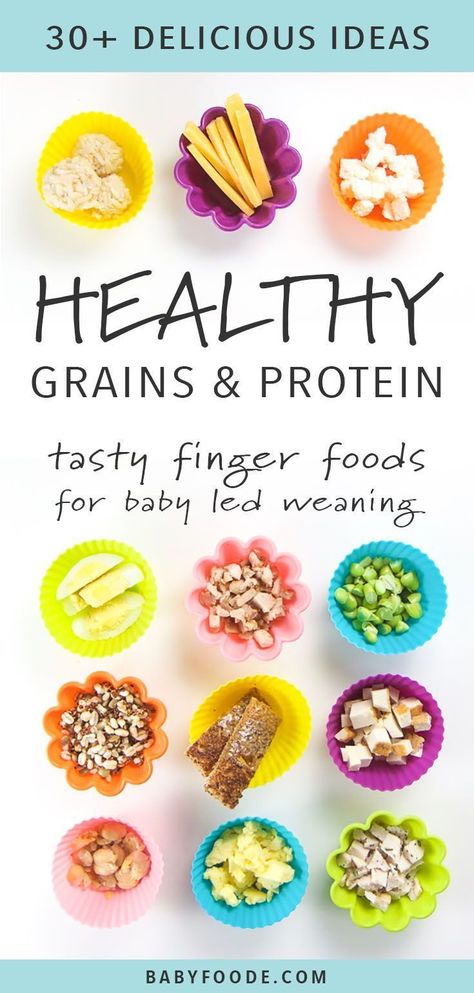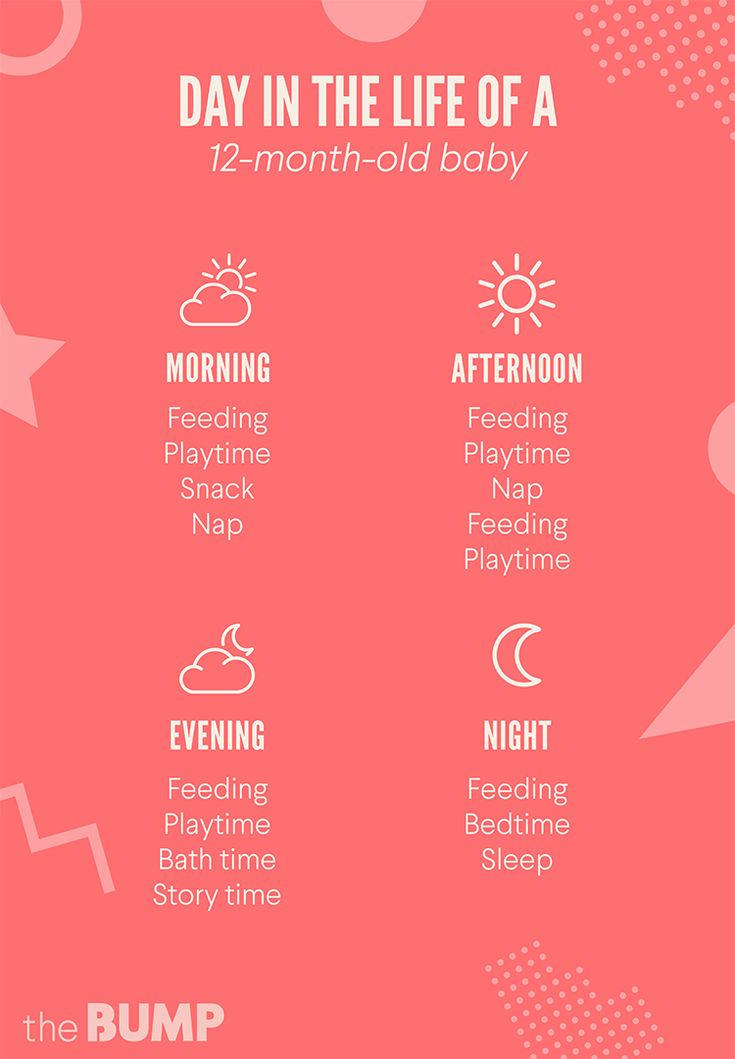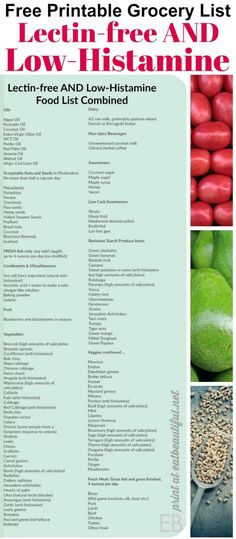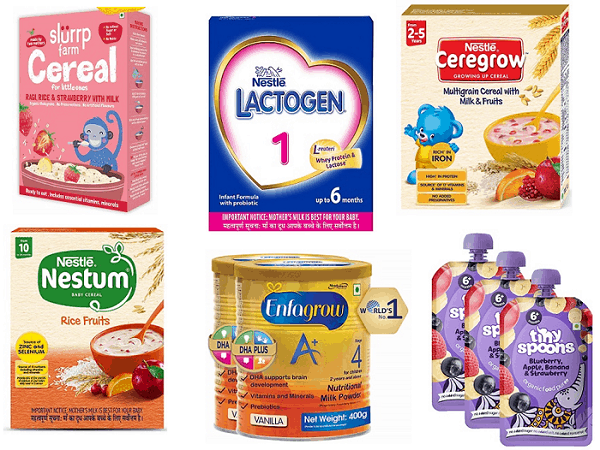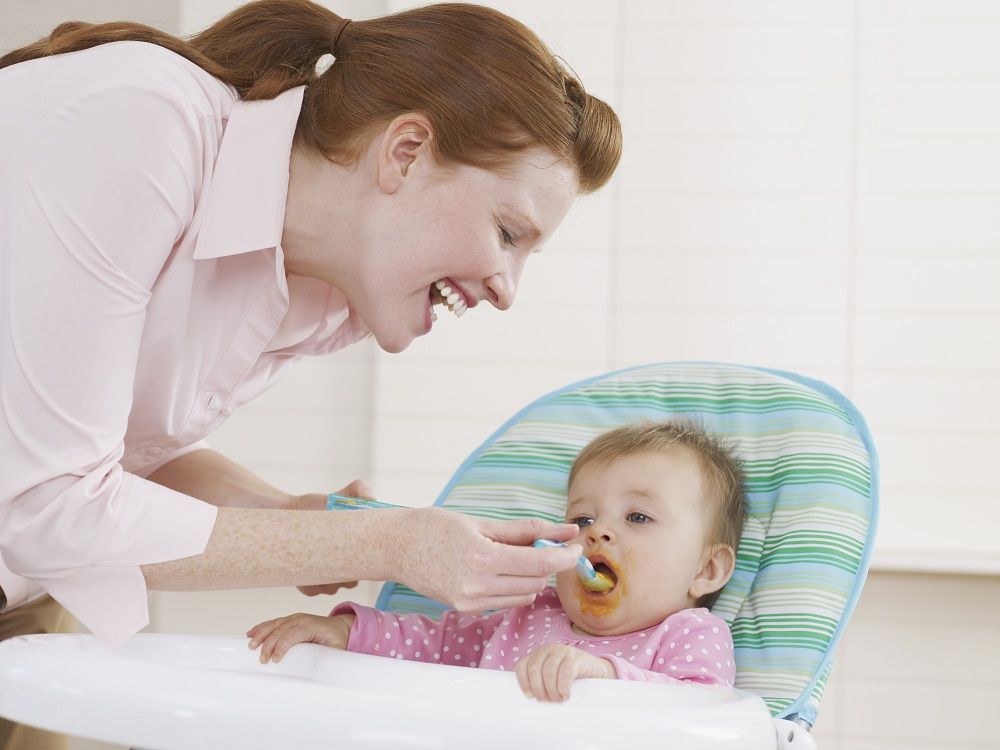What are baby finger foods
Best Early Finger Foods for Baby (With Tips, Visuals, and Recipes)
Use this list of safe, nutritious, and easy to eat finger foods for baby to help you know exactly what (and how) to offer at meals and snacks. Plus, find the best first finger foods, troubleshooting tips, and visuals of foods broken down by food group to keep things easy!
Finger Foods for Baby
After baby starts solids and is ready to move onto finger foods, you may feel a little confused by exactly what to serve and how to serve it. Which is totally normal because it can be scary to let baby feed themselves this way and we may not have any experience doing this—or we may have totally forgotten from our last kiddo!
This list of finger foods for baby will cover some great first finger foods to start with, then set you up with plenty of healthy options from each food group.
TIP: Find more info on starting solids here and the best foods to start with if doing baby led weaning or purees with baby.
Healthy Baby Food
I love sharing these ideas for baby food since they are easy to prepare and serve and because I know how hard it can be to continue to come up with flavorful and healthy meals and snacks for our little ones. Let me tell you, I’m on my third kiddo and it can be such a challenge to feed him during the chaos of parenting the rest of my crew! These foods are wholesome and nutritious—perfect for your baby.
TIP: I’m a big fan of SpoonfulONE, a company that offers the most complete way to introduce food allergens to our kids. They make mix-ins, puffs, and crackers that are yummy and easy for babies and toddlers to eat. Learn more about their pediatrician-approved baby foods here. (sponsored link)
Best First Finger Foods
When baby is around 9 months, you’ll notice that they’re able to pick up smaller pieces of food with two fingers. This is known as the “pincer grasp” and is a sign that they’re ready to start finger foods. To be clear, when I say “finger foods” I mean small pieces of food that a baby (or toddler) can feed themselves.
To be clear, when I say “finger foods” I mean small pieces of food that a baby (or toddler) can feed themselves.
Here are some of my favorite ones to start with that are all super soft, safe to eat, and easy to pick up.
- Scrambled egg, broken up into small pieces
- Roasted sweet potato mashed and broken up into small pieces
- Fresh raspberries, broken up into smaller pieces
- Oatmeal, cooked according to package directions and allowed to cool
- Tofu, diced and sauteed lightly or steamed
- Ground beef, chicken, or turkey, broken up into small pieces or lightly mashed meatballs
- Shredded cheese or crumbled goat cheese
- Mashed sweet potato, in little pieces
- Peanut butter puffs
TIP: You can serve the tofu, ground meat, or meatballs in veggie puree from a pouch or a simple marinara sauce for extra moisture and flavor. Learn more about how and why to introduce peanut butter.
Finger Foods for Baby: Fruits and Veggies
Some of my favorite early fruits and veggies to serve babies are:
- Mashed roasted sweet potato, broken up into small pieces
- Warmed frozen peas, slightly mashed if desired
- Roasted Zucchini
- Diced Roasted Sweet Potato or Butternut Squash
- Fresh blueberries, cut in half or quarters
- Fresh raspberries, broken into small pieces
- Banana, broken into small segments (they are less slippery this way versus slicing them)
- Avocado, diced and mashed slightly (be sure it’s ripe and very soft)
TIP: A good rule of thumb is to serve pieces of food that are about the size of a pea to start and soft enough that they are easy to squish between your fingers.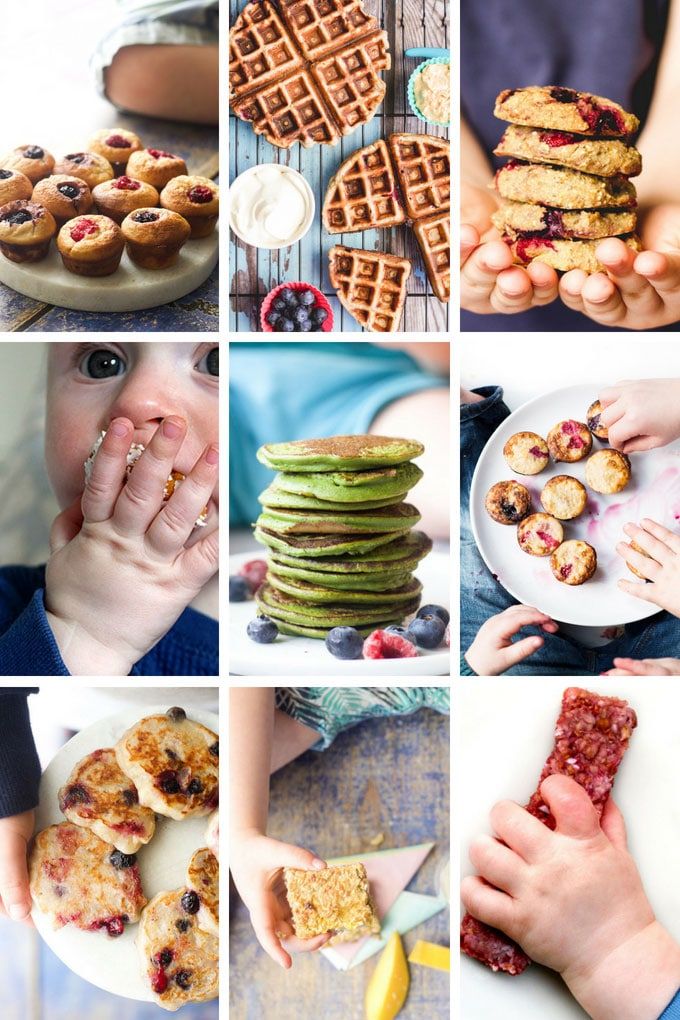 This will be easy for baby to pick up and eat and will also reduce chances of choking.
This will be easy for baby to pick up and eat and will also reduce chances of choking.
Finger Food Ideas: Carbohydrates
Offering complex carbohydrates can provide fiber, a variety of textures, B vitamins, and more. Try these with your baby.
- Spinach pancakes (moisten with applesauce or plain yogurt if needed; this recipe is particularly moist and great for babies)
- Oatmeal, cooked according to package directions and allowed to cool
- Baby Puffs
- Peanut Butter Puffs
- Rice (it’s easiest if it’s in little clumps so baby can pick it up; this Coconut Rice or this Cheesy Rice are both good options)
- Baby Banana Muffin
- O cereal (soften in nondairy unsweetened milk or yogurt as needed)
- Baked Oatmeal, diced
Finger Food Ideas: Proteins
Offering proteins will continue to expose baby to a range of nutrients. These are my go-tos for babies newer to finger foods—and toddlers too.
- Shredded cheese (thicker cuts are a little easier to pick up)
- Tofu, diced and sauteed lightly or steamed
- Flaked cooked wild salmon
- Lightly mashed meatballs
- Shredded chicken, cut up finely (we love this Butter Chicken to share with baby)
- Ground beef, turkey, or chicken, broken into smaller pieces
- Lightly mashed beans
- Scrambled eggs, broken up into small pieces
- Diced egg muffins
I’d love to hear any questions you may have, or if you have foods that your babies enjoy that I didn’t include here.
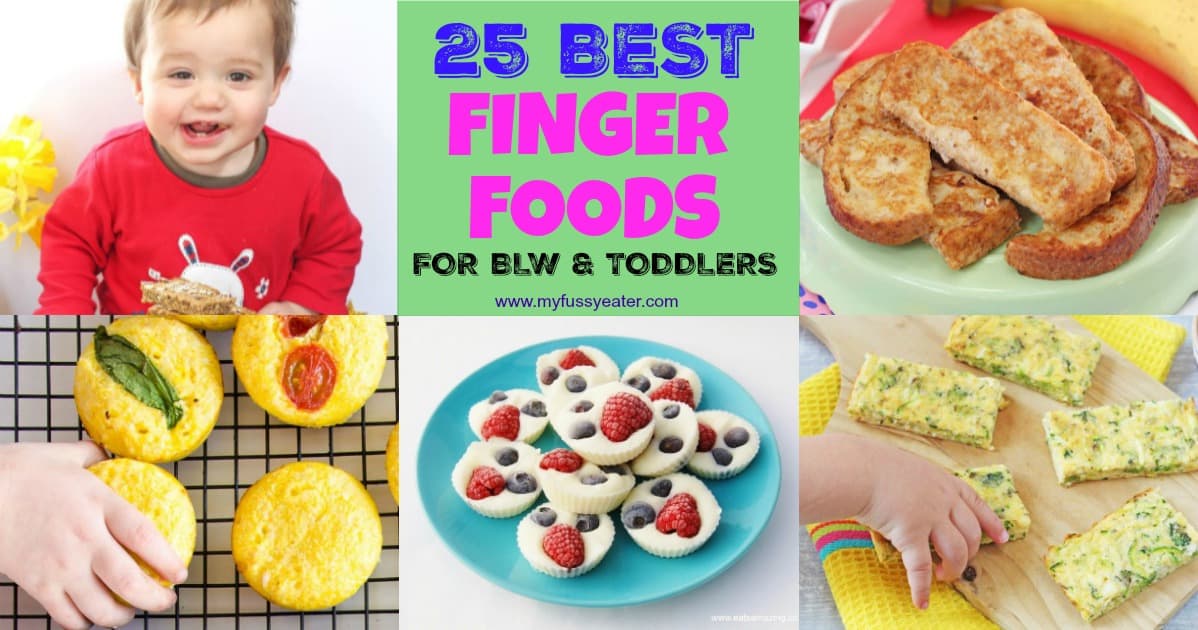 Chime in below in the comments!
Chime in below in the comments!Prep Time 5 minutes
Cook Time 5 minutes
Total Time 10 minutes
Author Amy Palanjian
Cuisine American
Course Baby Food
Calories 124kcal
Servings 1
First Finger Foods (choose 1-3 per meal)
- ▢ 1 Scrambled egg (broken up into small pieces)
- ▢ 1/4 cup Roasted sweet potato, mashed and broken up into small pieces
- ▢ 1/4 cup Fresh raspberries (broken up into smaller pieces)
- ▢ 1/4 cup Oatmeal (cooked according to package directions and allowed to cool)
- ▢ 2 tbsp Tofu (diced and sauteed lightly or steamed)
- ▢ 2 tbsp ground beef, chicken, or turkey, broken up into small pieces or lightly mashed meatballs
- ▢ 2 tbsp shredded cheese or crumbled goat cheese
- ▢ 1/4 cup Mashed sweet potato (broken into little pieces)
- ▢ 1/4 cup Peanut butter puffs
Fruits and Veggies
- ▢ 1/4 cup mashed roasted sweet potato (broken up into small pieces)
- ▢ 1/4 cup warmed frozen peas
- ▢ 1/4 cup Roasted Zucchini
- ▢ 1/4 cup diced Roasted Sweet Potato or Butternut Squash
- ▢ 1/4 cup blueberries (cut in half or quarters)
- ▢ 1/4 cup raspberries (broken into small pieces)
- ▢ 1/4 cup banana slices (broken into small segments—they are less slippery this way versus slicing them)
- ▢ 2 tbsp avocado (diced and mashed slightly—be sure it's ripe and very soft)
Whole Grains and Carbohydrates
- ▢ 1 Spinach pancakes (moisten with applesauce or plain yogurt if needed; this recipe is particularly moist and great for babies)
- ▢ 1/4 cup Oatmeal (cooked according to package directions and allowed to cool)
- ▢ 1/4 cup Baby Puffs
- ▢ 1/4 cup Peanut Butter Puffs
- ▢ 1/4 cup fully cooked rice (it's easiest if it's in little clumps so baby can pick it up; this Coconut Rice or this Cheesy Rice are both good options)
- ▢ 1 Baby Banana Muffin
- ▢ 1/4 cup O cereal (soften in nondairy unsweetened milk or yogurt as needed)
- ▢ 1/4 cup Baked Oatmeal (diced or regular oatmeal broken into little pieces)
Dairy
- ▢ 2 tbsp Shredded cheese (such as mozzarella)
- ▢ 2 tbsp Tofu (diced and sauteed lightly or steamed)
- ▢ 2 tbsp flaked cooked wild salmon
- ▢ 1 lightly mashed meatballs
- ▢ 2 tbsp finely shredded chicken (we love this Butter Chicken to share with baby)
- ▢ 2 tbsp ground beef, turkey, or chicken (broken into smaller pieces)
- ▢ 2 tbsp lightly mashed beans
- ▢ 1 Scrambled egg (broken up into small pieces)
- ▢ 1 Diced Egg muffins
For each meal or snack, choose 2-3 foods from a mix of food groups.
 Aim to include some fat in most meals and protein in many too.
Aim to include some fat in most meals and protein in many too.Prepare the food, cutting into small pieces and/or mashing as needed to make the food easy to eat.
Start with small portions and allow more as baby indicates according to their hunger.
- Store leftovers in an airtight container for 3-5 days in the fridge.
- Many foods you cook for your family will work as baby finger foods—just be sure they are easy to squish between your fingers and the pieces are small and easy to chew.
- Babies very normally make a lot of faces when they eat, so don't assume they don't like something just because they scrunch their nose!
- Flavors and textures can take time to learn to eat, so continue offering foods in small portions even if baby hasn't liked them in the past—and make sure they taste good to you!
Calories: 124kcal, Carbohydrates: 14g, Protein: 7g, Fat: 4g, Saturated Fat: 1g, Polyunsaturated Fat: 1g, Monounsaturated Fat: 2g, Trans Fat: 1g, Cholesterol: 164mg, Sodium: 81mg, Potassium: 344mg, Fiber: 4g, Sugar: 5g, Vitamin A: 9857IU, Vitamin C: 18mg, Calcium: 51mg, Iron: 1mg
Tried this recipe?Rate in the comments and tag @yummytoddlerfood on IG!
Easy, Healthy, Perfect for Kids and Babies!
These sweet Banana Spinach Pancakes are a favorite when you’re looking to boost nutrition in a favorite breakfast option. Or to have a little fun at the breakfast table by serving up a colorful meal.
Or to have a little fun at the breakfast table by serving up a colorful meal.
Spinach Pancakes
I never thought that my older daughter would be such a fan of green pancakes, but just when you think you know your kiddo, they go and surprise you! It turns out that she’ll eat pretty much anything in pancake form. This (and Spinach Pesto and my Spinach Muffins) are by far her preferred ways to get her greens.
I love how these are both easy to make and they’re so easy for the kids to enjoy.
The beauty of this kids pancake recipe is that it comes together in the blender so you don’t have to dirty a sink full of dishes to make it happen.
And it includes two bananas and small pile of spinach, so everyone will get a nice amount of vitamins and minerals to start the day.
TIP: The flavor is sweet, so despite the color, they taste like healthy banana pancakes.
Ingredients You Need
To make this simple pancake recipe you’ll need:
- Very ripe bananas: Those with brown spots will have the best flavor
- Eggs
- Buckwheat flour or whole wheat flour
- Milk: Dairy or nondairy
- Baby spinach: You can use fresh spinach or spinach that you’ve frozen
- Ground flaxseed
- Baking powder
- Cinnamon
- Vanilla extract,
- Oil or butter for cooking
Ingredient Substitutions
Both whole wheat and buckwheat flour work well in this recipe, though the pancakes cook through more easily with buckwheat. Look for it in the natural flours section of your supermarket. It’s widely available and very nutritious. For tips on using whole wheat flour, see the Notes section at the bottom of the recipe as you’ll want to reduce the milk amount slightly.
Look for it in the natural flours section of your supermarket. It’s widely available and very nutritious. For tips on using whole wheat flour, see the Notes section at the bottom of the recipe as you’ll want to reduce the milk amount slightly.
Use an egg replacer like the one from Bob’s Red Mill to make these egg-free.
Use buckwheat flour to make these gluten-free.
Use nondairy milk to make these without dairy.
Step-by-Step Instructions
Here’s a look at how to make these healthy pancakes. Scroll down to the bottom of this post for the full information.
- Add all ingredients to a blender except the flour.
- Blend, starting on low and working up to high. You want the spinach to be very well incorporated.
- Stir or pulse in the flour. Avoid over-blending but do make sure to get all of the flour blended in.
- Cook as you would any other pancakes and serve warm.
TIP: I like to cook these in a nonstick skillet or griddle since they are easiest to flip.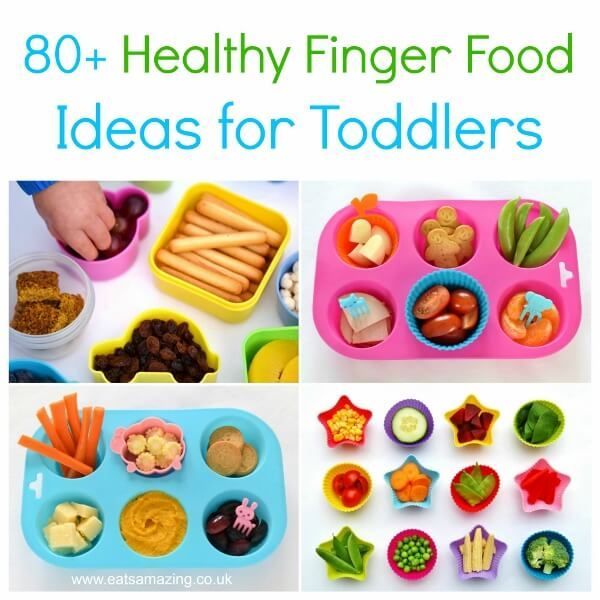 Cast iron also works if well greased.
Cast iron also works if well greased.
Gluten-Free Spinach Pancakes
Yes! Buckwheat flour is naturally gluten-free and it works well in this recipe.
Dairy-Free Spinach Pancakes
To make these dairy-free, simply use nondairy plain unsweetened milk instead of dairy milk and cook with neutral oil.
Easy Baby Pancakes
Due to the very soft texture of these pancakes, they tend to be much easier for babies to eat than traditional ones. And since they are packed with nutrients, this is a favorite pancake recipe to make for baby led weaning and once a baby is starting to eat finger foods.
TIP: Find my favorite early finger foods for babies here.
Serving Suggestions
Maple syrup and butter of course, or nut butter, yogurt, applesauce, chopped fruit, or jam are all good options. When my middle kiddo was a baby, she ate them plain!
TIP: We like to have ours with a fruit salad rainbow (without the pot of gold at the end, unfortunately!) for St. Patrick’s Day, but that part is of course optional.
Patrick’s Day, but that part is of course optional.
How to Store
These store really well if you let any leftovers cool and store in an airtight container or zip top freezer bags. You can store leftovers in an airtight container in the fridge for 3-5 days or in a freezer safe container or bag for up to 3 months. Warm in 15 second increments in the microwave to serve.
Tips for Making the Best Spinach Pancakes
- You can store a bag of baby spinach in the freezer to use in smoothies and pancakes. Freezing it maintains the nutrients but it knocks out any “green” flavor which is handy! It’s also nice that you don’t have to worry about it going bad before you can use it up.
- Be sure to blend the batter very smooth to get the greens very well processed.
- You can sub in whole wheat flour for the buckwheat, but you’ll want to reduce the milk by ¼ cup.
- If the bottoms start to brown too much before they are set, lower the heat to medium-low.
- Look for buckwheat in the natural flours section of your supermarket.
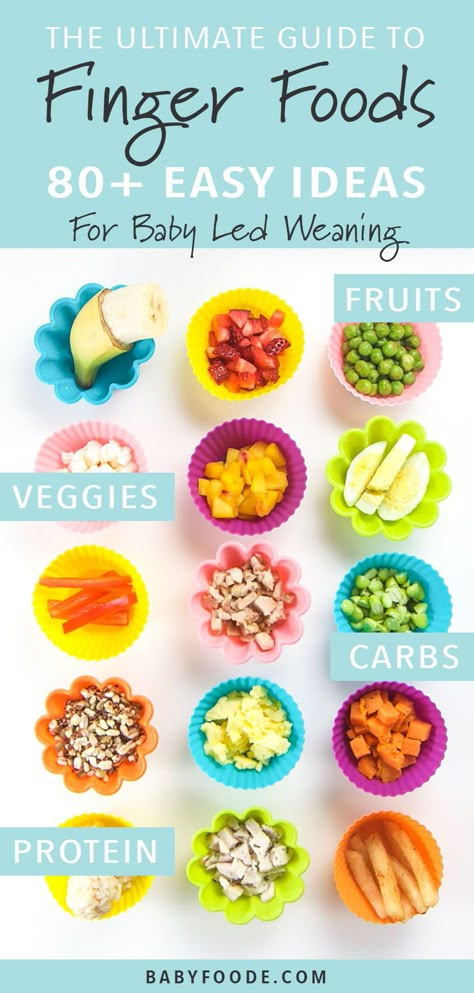 It’s widely available and very nutritious.
It’s widely available and very nutritious. - If making for a baby who’s not yet consuming cow’s milk, you can use unsweetened nondairy milk.
- I prefer to use a nonstick skillet or griddle for this recipe, though cast iron works too.
- You may also like Spinach Banana Muffins, 2-Ingredient Pancakes, Banana Oatmeal Pancakes, and Yogurt Pancakes.
I’d love to hear what you think of this recipe so please comment below with feedback!
This post was first published March 2018.
Prep Time 5 minutes
Cook Time 15 minutes
Total Time 20 minutes
Author Amy Palanjian
Cuisine American
Course Breakfast
Calories 237kcal
Servings 4
- ▢ 2 small very ripe bananas (about 1 cup tightly packed sliced banans)
- ▢ 2 large eggs
- ▢ 1 cup buckwheat flour or whole wheat (See Notes at the bottom if using whole wheat)
- ▢ 1 cup milk
- ▢ 2 cups lightly packed baby spinach
- ▢ 1 tablespoon ground flaxseed
- ▢ 1 1/2 teaspoons baking powder
- ▢ 1 teaspoon cinnamon
- ▢ 1 teaspoon vanilla extract
- ▢ Coconut oil for cooking (or canola oil or butter)
Add all ingredients to a blender except the flour.

Blend on high until very well combined, about 20-30 seconds, or until you no longer see any noticeable flecks of spinach.
Stir or pulse in the flour and thoroughly combine without over-mixing.
Warm a nonstick or cast iron skillet or griddle over medium heat and coat with oil or butter. Pour small rounds of batter onto the hot surface—the batter should spread fairly thinly on its own—and let cook until bubbles form on the surface and the surface is mostly set, about 3-4 minutes.
Flip and cook for an additional 3 minutes, or until fully cooked.
Continue to prepare the rest of the batter, keeping the finished pancakes warm in a 275 degree oven if desired.
Serve warm with fruit, maple syrup, or another favorite dip.
Green Pan Non-Stick Pan
Vitamix Blender
Spatula
- To store, let cool fully and keep in an airtight container in the fridge for up to 3 days.
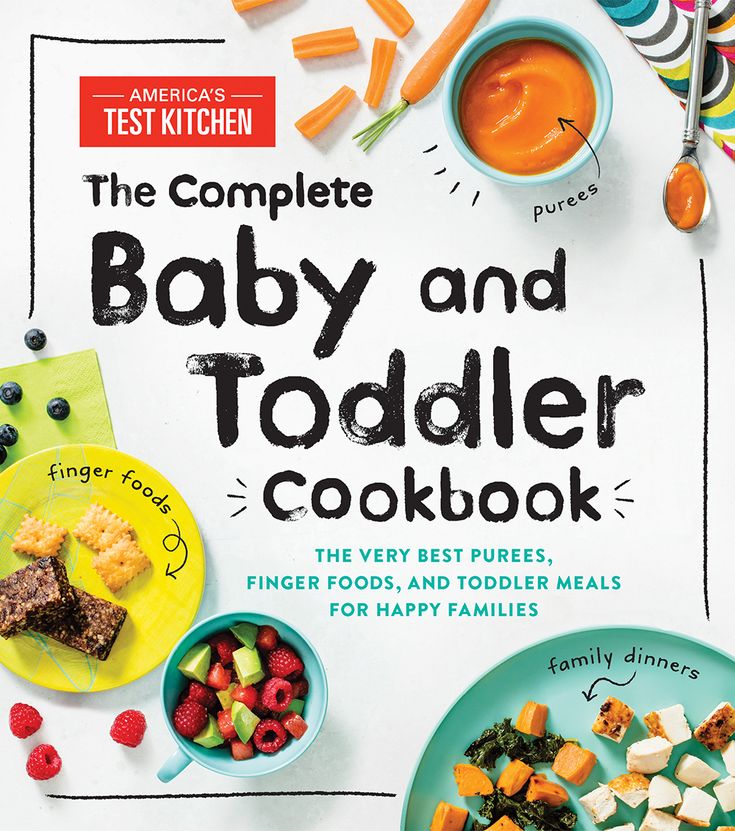 Warm slightly before serving. Or, store in a zip top freezer bag for up to 3 months and warm through to serve.
Warm slightly before serving. Or, store in a zip top freezer bag for up to 3 months and warm through to serve. - Whole-wheat flour: You can sub in whole wheat flour for the buckwheat. Just reduce the milk to ¾ cup.
- You can use baby kale in this recipe if you prefer.
- You can store a bag of baby spinach in the freezer to use in smoothies and pancakes. Freezing it maintains the nutrients but it knocks out any “green” flavor which is handy! It’s also nice that you don’t have to worry about it going bad before you can use it up.
- Be sure to blend the batter very smooth to get the greens very well processed.
- If the bottoms start to brown too much before they are set, lower the heat to medium-low.
- Look for buckwheat in the natural flours section of your supermarket. It’s widely available and very nutritious.
- If making for a baby who’s not yet consuming cow’s milk, you can use unsweetened nondairy milk.
- I prefer to use a nonstick skillet or griddle for this recipe, though cast iron works too.
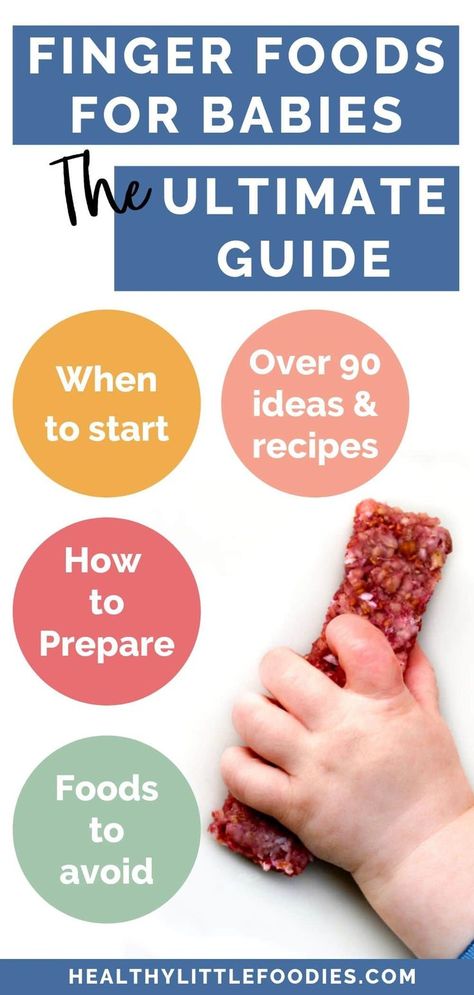
Calories: 237kcal, Carbohydrates: 40g, Protein: 9g, Fat: 6g, Saturated Fat: 2g, Polyunsaturated Fat: 1g, Monounsaturated Fat: 2g, Cholesterol: 104mg, Sodium: 206mg, Potassium: 577mg, Fiber: 6g, Sugar: 11g, Vitamin A: 1674IU, Vitamin C: 9mg, Calcium: 208mg, Iron: 2mg
Tried this recipe?Rate in the comments and tag @yummytoddlerfood on IG!
Feeding sick ferrets | Club "Russian Ferret"
The Internet is replete with recipes for diet food for feeding sick ferrets. Most of these recipes are called "Duck Soup", based on human food recipes.
These recipes contain a large amount of additives such as brewer's yeast, olive oil and many others. The authors write that allegedly some supplements even contribute to the destruction of cancer. Many veterinarians advise treating sick animals with HILL's Food, the A/D Diet, a liquid diet food designed for cats and dogs.
Although there are many recipes for feeding sick ferrets, there are some general trends:
- They require a lot of time and money to prepare.

- Often they have little to no scientific basis for the use of the supplements they contain.
- They are usually fed by the owner with a syringe without a tip.
- Worst of all, trying to force weak or sick animals to take fluids with a syringe can lead to accidental inhalation (or injection) of fluid into the lungs, which can lead to pneumonia, which can be much worse than the underlying disease.
There is another way to provide better nutrition for sick ferrets. This is a path that not only I use for my own ferrets, but has been prescribed for thousands of ferrets for many years.
Canned Chicken Baby Meal has proven to be a more than adequate replacement for normal meals for sick or elderly ferrets who cannot eat normal food. While I certainly do not approve of the use of chicken baby food as the main diet, in this case it is a well-preserved, convenient and affordable food.
Many people try to open a can of meat baby food and feed their ferret from there.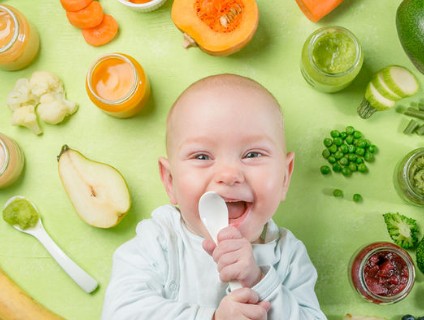 Unfortunately, especially with sick ferrets, it's not that easy. But after a few tries, most ferrets will eat like champions.
Unfortunately, especially with sick ferrets, it's not that easy. But after a few tries, most ferrets will eat like champions.
Although ferrets can eat a variety of baby food, I only recommend one that is all chicken or chicken broth.
There are many other varieties of this food, for example with turkey, veal, pork, also with vegetables or fruits. But since ferrets are carnivores, not rodents, I do not recommend canned food containing vegetable fiber or fructose, or fruit or vegetable baby food. I strongly caution against using them as ferret food.
Baby food should be warmed to just above room temperature. You can warm it up in the microwave, then stir until the food is evenly warm and check the temperature with your finger.
For the first feeding, take some food on your finger. Gently open the ferret's mouth by spreading it with your index finger and thumb on the sides of the mouth, just behind the teeth. Then, holding the mouth of the ferret open, apply food to the upper palate behind the teeth with your finger with food. Your ferret may resist, but don't worry, this way of feeding is better and safer, your ferret will get enough food and it won't get into his lungs.
Your ferret may resist, but don't worry, this way of feeding is better and safer, your ferret will get enough food and it won't get into his lungs.
In terms of feeding volume, start with 1/6 jar every 4 hours, and then when the ferret is good at licking the food off your finger, you can feed her as much as she wants.
Typically, after one or two power-feeds, your ferret will begin to lick the food off your fingers on its own.
When a sick ferret enjoys eating from your hand, we recommend sticking to this finger-chest feeding pattern for at least a week or more. Later, you can move on to spoon feeding, and even later to pasta feeding for a few days or a week. If you are feeding microwaved pasta, stir it and make sure the pasta is heated evenly and there are no “hot spots”.
After your diseased ferret has been actively eating new food, give her as much as she wants every 4 hours. Always intersperse feedings with water from your finger. You can place your finger just below the surface of the water, giving the feeling of being watered from your finger.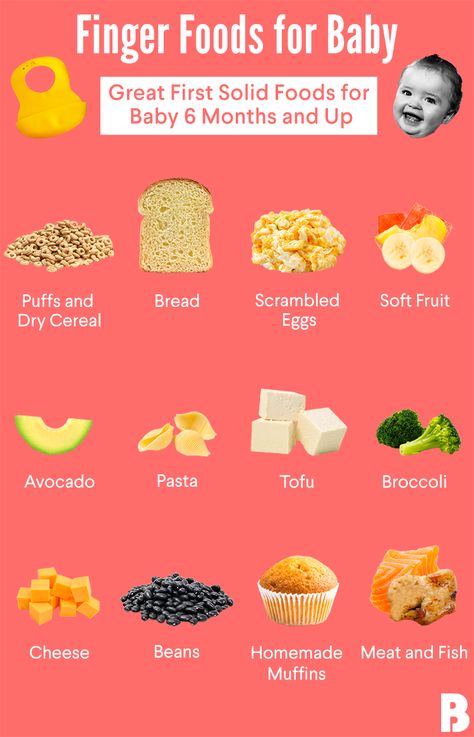
As I said earlier, although baby food is a good alternative food for sick ferrets, this food does not contain vitamins, minerals and other compounds (including taurine) that ferrets need to maintain good health. I have kept ferrets on an exclusive baby food diet for up to 6 months (and experienced significant weight gain), but I would not recommend repeating this. Therefore, if you have to keep your ferret on this diet for more than 4 weeks, I recommend grinding your regular food in a coffee grinder and mixing it with baby food, which will allow the ferret to receive all the vitamins and minerals it needs.
Note to skeptics - I've kept one of my ferrets with chronic inflammatory bowel disease on this mix for over three years. Now she is 7 and a half years old and she feels quite normal.
Mixing baby food with regular food is also a very good way to wean your ferret off baby food and transition to regular food. If your ferret has begun to show a clear predilection for baby food, you need to gradually add more and more crushed dry food. As your ferret becomes accustomed to the mixture of baby food with regular food, you can gradually mix in unground dry food into this mixture. You can even fake "hand feeding" by dipping your fingers into the food mixture. It is possible that you will have to resort to all sorts of tricks to return your ferret's love of normal food.
As your ferret becomes accustomed to the mixture of baby food with regular food, you can gradually mix in unground dry food into this mixture. You can even fake "hand feeding" by dipping your fingers into the food mixture. It is possible that you will have to resort to all sorts of tricks to return your ferret's love of normal food.
If your ferret is sick, you don't have to worry about the need to maintain it during the recovery period. This system works and works well - it worked for my ferrets and will work for yours.
Armed Forces Institute of Pathology (AFIP), Washington, DC
Bruce Williams
Biovestin Baby Food
There are no items in your cart yet
0
Order from 09:00 to 19:00
☎ 8 (913) 916-59-37
Back to home We read a lot of articles in popular publications, looked through dozens of topics on mom forums and, frankly, horrified and surprised at how much different myths, contradictory, and often, simply found incorrect information.
Why do children
need special meals
?
How is
produced and what are the requirements for
?
How to check
that you are buying
a good product?
How to choose
food for child
by age?
How to prevent gastrointestinal diseases, allergies, seasonal SARS - and all this with the help of a child nutrition?
We will tell everything as it is, and you in the comments ask any questions you have. We'll try to answer everything!
Buy baby food
Why do children need to eat baby food?
If you follow this logic, then athletes should eat sports nutrition, the elderly - something specially prepared for the elderly, and even the diet of men and women should be different. In fact, that's how it is there is. We talked about this in detail in our article on functional nutrition.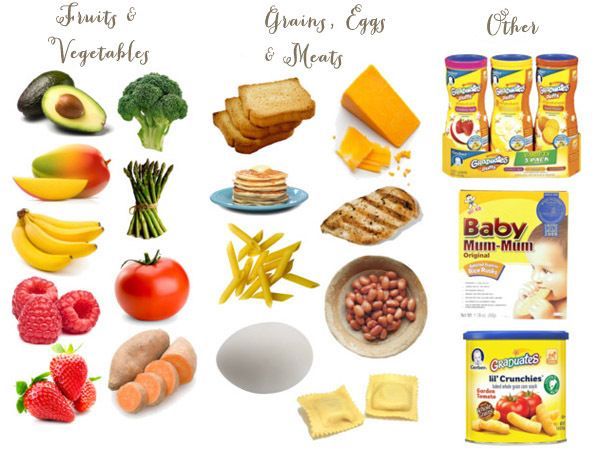
Therefore baby
food is:
- NOT a marketing move by manufacturers
- It is NOT just checked more carefully - it has its own, much more strict GOSTs
- Necessity due to the characteristics of the child's body and its unpreparedness for the time being digest "adult" food. Nutrition up to 3 years of age is most important, although children's products "painted" up to 14 years.
Bio-vesta baby food
-
Bifilin-D, natural, 200 g
80 ₽
-
New
Kefir for children N, 200 g
50 ₽
-
Kefir "Kapelka" with bifidobacteria, 200 g
55 ₽
-
Bifilin D (sweet), 200 g
80 ₽
-
Children's cottage cheese N, 4% 100 gr
65 ₽
what is the specificity of children?
The child is growing!
And for growth, he needs building material: proteins for muscle mass, calcium and vitamin D for bone growth, glucose for brain development and many minor components that contained in food in minimal quantities, but without them the body cannot live. If a constantly load the child's body with refined, carbohydrate foods, then he will be spend only on its digestion. What there growth! Baby food should give him all necessary "building material", enriched with vitamins and minerals.
If a constantly load the child's body with refined, carbohydrate foods, then he will be spend only on its digestion. What there growth! Baby food should give him all necessary "building material", enriched with vitamins and minerals.
The child has perfect self-regulation function perfectly. They have not yet been shattered by stress, emergency work, biting, food on night and other "adult" stories. The child's body knows exactly what food and in what quantities it needs. However, if you cook abundant, rich meals (spicy, fried, fatty), then steer the appetite will be language and emotion, not a physiological need! Baby better eat simple food.
The child needs sweets!
Sweet is bad for the teeth, but for the harmonious development of the child and especially his brain, it necessary. Moreover, in children, the metabolism is so intense that they can absorb more sweets than adults, without much harm to themselves. And precisely because the child needs sweets, it is better if they are natural. origin: honey, homemade jams, grated berries with sugar, marshmallow, dried fruits.
Moreover, in children, the metabolism is so intense that they can absorb more sweets than adults, without much harm to themselves. And precisely because the child needs sweets, it is better if they are natural. origin: honey, homemade jams, grated berries with sugar, marshmallow, dried fruits.
The child needs cholesterol!
The child needs cholesterol! It is adults who are afraid of him like fire, and at a certain stage of growing up he is necessary. Cholesterol is the main component of the cell membrane, and in a growing child it forms many new cells.
The gastrointestinal tract of a child is formed up to 3 years
The human intestine is covered with villi through which useful substances. They are formed by about three years. And until they are formed, the child no stable microflora. He either gets it or loses it. Therefore, you need to pay special attention to the diet. It is best to breastfeed up to 3 years milk. Not in vain before everyone who could afford it had a nurse. breastfeed great work! If this is not possible, you need to help the child with the right choices. children's dairy products.
He either gets it or loses it. Therefore, you need to pay special attention to the diet. It is best to breastfeed up to 3 years milk. Not in vain before everyone who could afford it had a nurse. breastfeed great work! If this is not possible, you need to help the child with the right choices. children's dairy products.
The child is constantly on the move!
Children are very mobile, unlike adults, and this is good. Mobility helps normalize metabolism. If you limit children in movements, forbid running, shushing them all the time, this will provoke insufficient secretion of growth hormones, diseases and, as a result, developmental delays.
So what are these foods and how are they different from adults?
What are the specifics of baby products?
The main thing to know about baby food: it has its own standards for raw materials, production and their compliance tightly controlled.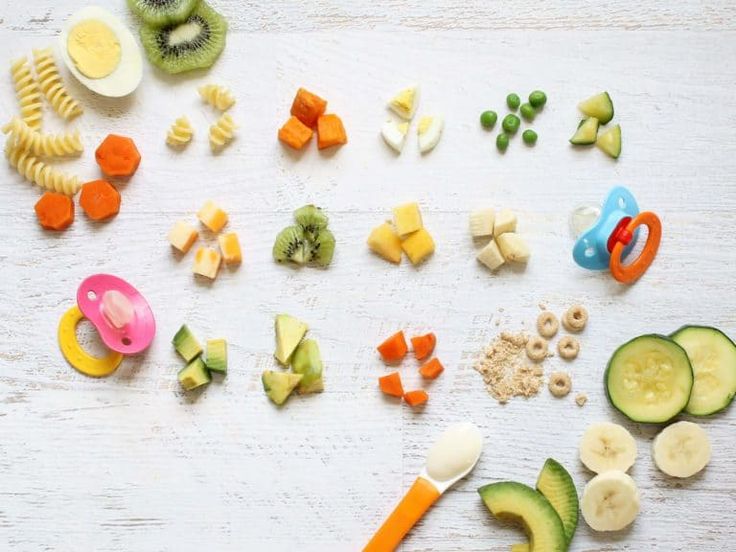 We have tested this many times!
We have tested this many times!
Buy baby food
The strength of anxiety
How can a mother understand that a child urgently needs to adjust the diet?
-
The main signal is when a child has no regular stool after waking up and at breakfast naughty, does not want to eat sour. This means, what he has a disorder in his stomach. But you don't have to give a laxative, and adjust the diet. Add probiotics and prebiotics.
-
In mild cases, any pharmacy prebiotics.
 Take dry powder to dissolve and give to kid. We feed with prebiotics good bacteria in intestines, because most often problem is that they have nothing to eat. Can buy psyllium seeds, any oligosaccharides, even soy, even from chicory. A teaspoon a day is enough.
Take dry powder to dissolve and give to kid. We feed with prebiotics good bacteria in intestines, because most often problem is that they have nothing to eat. Can buy psyllium seeds, any oligosaccharides, even soy, even from chicory. A teaspoon a day is enough. -
If they do not help quickly solve the problem, then probiotics are needed, who will create the right balance in the intestines: will force out all pathogens, stimulate growth the right bacteria.
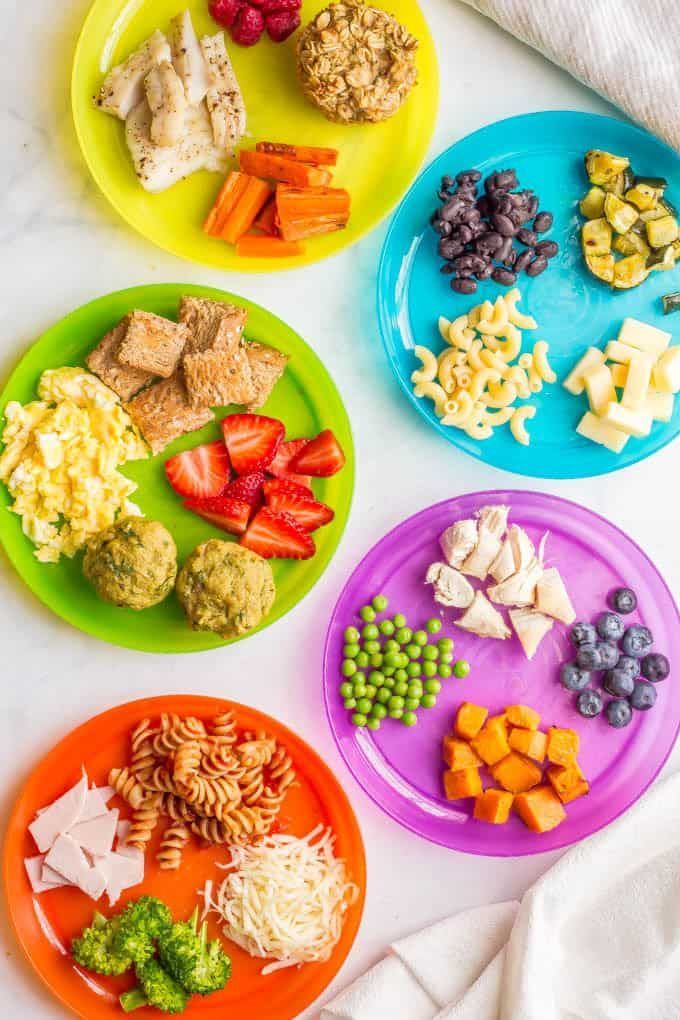
Why is the balance
in the intestines of a child disturbed all the time?
The reason for this is not dirty hands, as we used to think, but our food and even beautiful children's products!
Buy baby food
Bio-vesta baby food
-
Bifilin-D, natural, 200 g
80 ₽
-
New
Kefir for children N, 200 g
50 ₽
-
Kefir "Kapelka" with bifidobacteria, 200 g
55 ₽
-
Bifilin D (sweet), 200 g
80 ₽
-
Children's cottage cheese N, 4% 100 gr
65 ₽
Why care about the microbiome?
It is difficult for us to take care of the microbiome in ourselves and in the child, because we do not see it. We do not feel. And often We think that if nothing hurts, then you should not worry. Costs!
We do not feel. And often We think that if nothing hurts, then you should not worry. Costs!
-
Microbes are not innervated with humans. If you prick your finger it hurts because there is nerve endings. Between microbes and human nervous there are no endings. And if died a million bacteria, we won't notice. 10 million died - we will not notice. And when 100 million or a billion microbes die, then still nothing hurts, but it's already Seriously. The stool is disturbed: either constipation, or diarrhea, or gases.
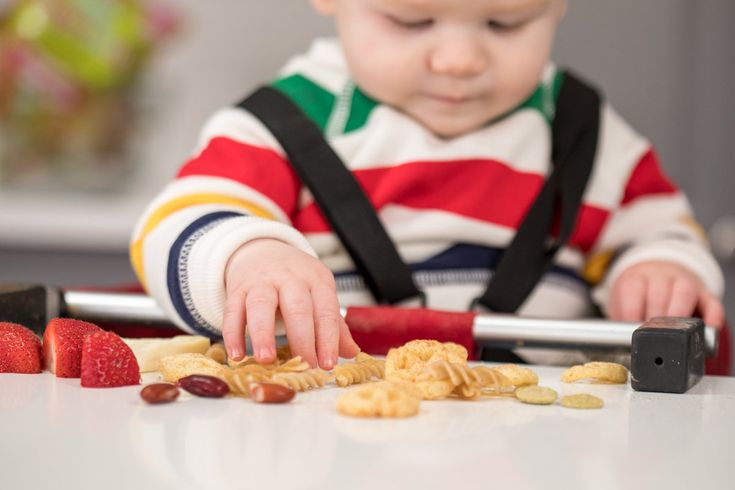 The skin begins to peel off, pimples appear, grow dim hair, suddenly allergies appear out of nowhere, begin endless ORZ.
The skin begins to peel off, pimples appear, grow dim hair, suddenly allergies appear out of nowhere, begin endless ORZ. -
Harmful microbes not only synthesize toxins, coming to blood, they interfere with absorption vitamins and microelements, and some of these vitamins are simply eaten. To kid they start missing. The doctor prescribes vitamins from a jar.
 But they won't get it either. if in intestines are not good enough bacteria that help the body process these vitamins. It turns out that you throwing money away wind!
But they won't get it either. if in intestines are not good enough bacteria that help the body process these vitamins. It turns out that you throwing money away wind! -
Our help to the intestines is to give it from time to time or probiotics (bifidobacteria), or prebiotics (substances that support their work). Such a "throw" is very invigorates microflora, after all bacteria communicate with each other.
 They find good food, eat, multiply and pass along the chain to others: “Guys, you can eat here. Everyone is here, the environment is good!”. it evolutionary mechanism that developed in all bacteria: to call one's own, and to scare away strangers. The scientific name for this process is function of colonization resistance.
They find good food, eat, multiply and pass along the chain to others: “Guys, you can eat here. Everyone is here, the environment is good!”. it evolutionary mechanism that developed in all bacteria: to call one's own, and to scare away strangers. The scientific name for this process is function of colonization resistance.
dear mothers
We are mothers too and we know very well that we have a built-in barometer inside: we feel when our child good and when bad.
But we can't always understand why.